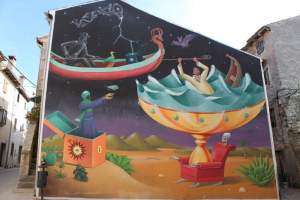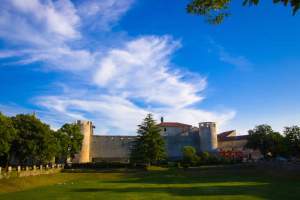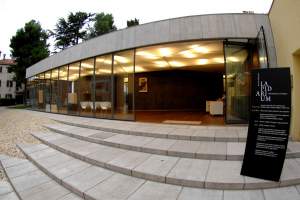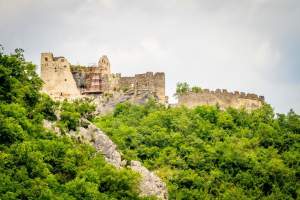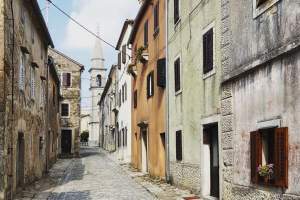Communal Palace
At the time when Pula was a free municipality, a palace was erected in the Forum – the seat of the municipal self-government. During the Venetian rule it was the seat of the duke and provveditore, and until the present has remained the seat of the mayor. Additions over the centuries (from the 10th -16th centuries) led to a building that in an exceptional way combines architectural styles from the Romanesque until the Renaissance. The inscription built in the facade, which was restored in the 16th century, dates the construction of the Communal Palace to 1296. The year probably refers to the first greater reconstruction and addition, because this was surely the seat of the municipal government even earlier. Earlier phases of the development of the Communal Palace in terms of its construction can best be seen on the eastern wall where Romanesque and Gothic styles intertwine. Sculptures of Telamon and Siren in the corners closed by Renaissance columns, and Baroque windows are the latest alterations of the outer appearance of the Communal Palace: neglect and negligence have left considerable traces on the building that has recently been radically restored.












